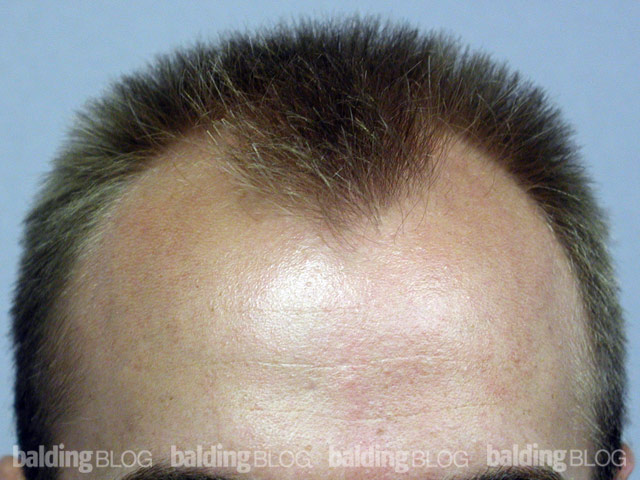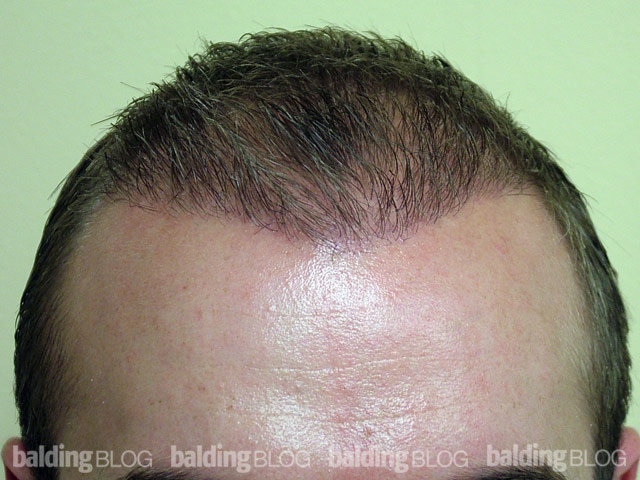I understand that the transplanted hair grafts fall out a few weeks after the surgery. Could those grafts be kept and re-transplanted, or are they dead? Thanks.

I believe that you are confused. The hairs that fall out after the surgery are not hair grafts, but the hair that is caught in the scabs. Normally, all or most of the hair is shed after a hair transplant and it returns in 2-5 months after the surgery, growing to styling length by the 7-8th month. The hair that comes out after a hair transplant are not the elements of the hair organ that grow, but the hair shafts and scabs that are the aftermath of the healing process. In one out of about 20 patients who have had hair transplants, the hair growth center will generate a large number of hairs that will continue to grow. We call this instant growth and when it happens, everyone is happy.




